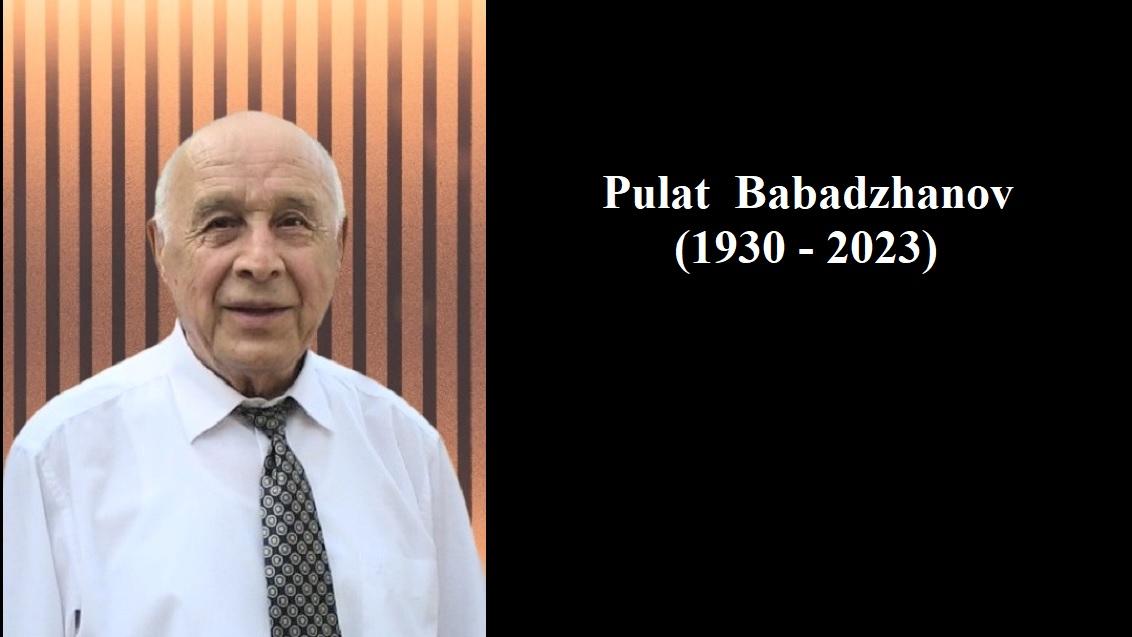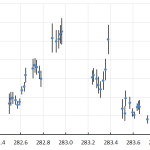By Gulchehra Kokhirova and Firuza Rakhmatullaeva
Babadzhanov Pulat Babadzhanovich was born on October 15, 1930, in Tajikistan. Babadzhanov Pulat showed interest in the study of astronomy at the Faculty of Physics and Mathematics of the Leninabad State Pedagogical Institute, where he graduated with honors in 1949. He began his scientific activity in 1950 as a graduate student, first at the Stalinabad Astronomical Observatory of the Academy of Sciences of Tajikistan, and from 1951 at the State Astronomical Institute named after. P. K. Sternberg of the Moscow State University. In 1954 he defended his dissertation for the degree of Candidate in Physical and Mathematical Sciences at the Moscow State University. In 1970, he defended his dissertation for the degree of Doctor in Physical and Mathematical Sciences. In 1973 Babadzhanov Pulat was elected as academician of the Academy of Sciences of the Republic of Tajikistan and received the degree of professor.
Babadzhanov P. B. is an outstanding scientist in the field of interplanetary dust research. He is the author of more than 300 scientific papers and 8 monographs. His work covers the distribution of meteoroid dust in interplanetary space, the density of the meteoroid stream encountered by the Earth, the physics of meteor phenomena, the physical parameters of the Earth’s upper atmosphere determined by meteor observing methods, the evolution of meteoroid swarms and their relationship with comets and asteroids, as well as the development and implementation of new methods for studying meteor phenomena.
Based on photographic observations, Babadzhanov P. B. obtained a rich and unique collection on meteors brighter than the first magnitude, used to compile a catalog of orbits which was included in the Meteor Data Center of the International Astronomical Union (IAU). The results of photographic and radar observations of meteors made it possible to determine the density of the meteoroid flux and the influx of meteoric matter on the Earth, to reconstruct the spatial distribution of the atmospheric currents in the meteor layers of the atmosphere, and to establish a relationship between the phenomena of luminescence and ionization of meteors. Babadzhanov has developed and implemented the method of “instant exposures” for photographic and spectrographic observations of meteors, which made it possible for the first time in the world to obtain instantaneous images of hundreds of meteors and their spectra with exposures of 0.00056 sec and to establish the process of fragmentation of meteoroids in the atmosphere. This allowed to consider the physics of meteor events from qualitatively new perspectives. These new results made it possible to develop a theory of quasi-continuous fragmentation of meteoroids in the Earth’s atmosphere. On the basis of this theory, a method for analyzing the light curves of meteors was developed and put into practice, and the densities of meteoroids belonging to different streams as well as to the sporadic background were determined. Under the leadership of Babadzhanov Pulat, the Soviet Equatorial Meteor Expedition of the USSR Academy of Sciences was organized, which conducted a two-year cycle of observations of meteors and the ionosphere in equatorial Africa (Somalia). Based on these observations, fundamental astronomical and geophysical results were obtained, which made it possible to establish the patterns of the global circulation of the Earth’s atmosphere at altitudes of 80–120 km, to determine the distribution of radiants of sporadic meteors in the equatorial region of the sky, and to compile a catalog of the orbits of several thousand meteors.
Babadzhanov Pulat has carried out extensive studies of the evolution of meteoroid streams under the influence of gravitational and non-gravitational perturbations, as well as the evolution of the orbits of comets and asteroids. This made it possible to obtain completely new ideas about the shape and dynamics of meteoroid streams and to discover new meteor showers associated with comets and asteroids crossing the Earth’s orbit. It has been shown that each meteoroid stream, as a rule, can generate up to four (and some up to eight) meteor showers, active at different times of the year from significantly different radiants. This fundamental result made it possible to resolve one of the contradictions which consisted in the significant predominance of the number of observable meteor showers compared to the number of known short-period comets. The existence of meteor showers associated with asteroids crossing the Earth’s orbit and moving in comet-like orbits is an important criterion for establishing that such asteroids are extinct comets. The population of near-Earth objects, consisting of real asteroids, which are stony or iron, and extinct comets, which are a conglomeration of frozen gases and solid particles, poses a potential danger for collision with the Earth. Outwardly, primordial asteroids and nuclei of extinct comets, covered with a thick dusty mantle, do not differ from each other. Therefore, the aforementioned study by Babadzhanov Pulat was applied to separate them. Using this criterion more than 500 objects that are extinct comets have been identified among NEAs up to present and which can be chosen as a target for space missions. Fruitful scientific activity and valuable contribution of Babadzhanov Pulat to science made him one of the leading researchers of small bodies in the Solar system. Since 1959 Babadzhanov Pulat was a participant who made presentations at the General Assemblies of the International Astronomical Union in Moscow, Germany, Czech Republic, Great Britain, France, Canada, the Philippines, Greece, India, the Netherlands, Japan and USA, as well as at international conferences in Italy, Yugoslavia, Sweden, Finland, Slovakia, South Korea, etc. He was one of the coordinators of the meteor section of the International Halley Comet Research Program.
From 1960 to 1972 Babadzhanov Pulat was a member of the Astronomical Council of the Academy of Sciences of the USSR. Since 1961 – a member of the International Astronomical Union (IAU), a member of the Bureau of the Commission 22 “Meteors and Interplanetary Dust” of the International Astronomical Union, in 1985–1988 he was elected President of this commission. In 1972–1990 Babadzhanov Pulat coordinated meteor research in the USSR, being the Chairman of the working group of the Astronomical Council of the USSR Academy of Sciences “Meteoric substance”. Since 1990 Babadzhanov Pulat is a member of the International Committee for Space Research (COSPAR). In 1994 Babadzhanov Pulat was elected a member of the Royal Astronomical Society of Great Britain for his leadership in astronomy.
The activity of Babadzhanov Pulat is also connected with the training of staff. His pedagogical talent manifested itself most fully when supervising the dissertations of graduate and doctoral students, and when he was the Rector of the Tajik State University.
P. B. Babadzhanov’s achievements, honors and awards
- 1954 – 1959 Senior Researcher, Head of the Department of Meteor Astronomy, Institute of Astrophysics Tajik SSR Academy of Sciences.
- 1959 – 1971 Director of the Institute of Astrophysics of the Tajik SSR Academy of Sciences.
- 1971 – 1982 Rector of the Tajik State University.
- 1982 – 2022 Head of the Department of Meteor Astronomy of the Institute of Astrophysics of the Tajik SSR Academy of Sciences.
- 1986 – 1989 Vice-President of the Tajik SSR Academy of Sciences.
- 1992 – 2002 Director of the Institute of Astrophysics of the Academy of Sciences of the Republic of Tajikistan (now the National Academy of Sciences of Tajikistan (NAST)).
- 1999 – 2003 Head Department of Astronomy, Professor of the Department of Astronomy Tajik National University.
- 2003 – 2023 Counselor to the President of the National Academy of Sciences of Tajikistan and Honorary Director Institute Astrophysics NAST.
Scientific direction
Physics and dynamics of small bodies of the Solar system (meteors and meteoroids, comets and asteroids), physics of the Earth’s upper atmosphere:
- 1961 – … Member of the International Astronomical Union (IAU).
- 1994 – … Member of the Royal Astronomical Society (UK).
- 1998 – … Member of the International Space Research Committee.
- 1996 – … Member of the European Astronomical Society.
- 1998 – … Member of the Euro-Asian Astronomical Society.
- 1992 – … Member of the International Meteor Organization.
B. Babadzhanov has created a large school of astrophysicists in Tajikistan. Under his direct supervision and participation, 8 Doctor of Science and 23 Ph.D.’s theses were prepared and defended.
For merits in the development of science and training of personnel, Babadzanov Pulat was awarded by a few Tajikistan’s and international Prizes, titles, etc. Minor planet 7164 “Babadzhanov” was named in honor of Babadzhanov Pulat.
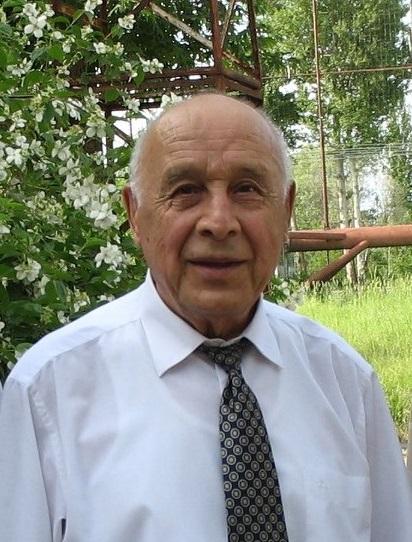
Babadzhanov Pulat (2011)
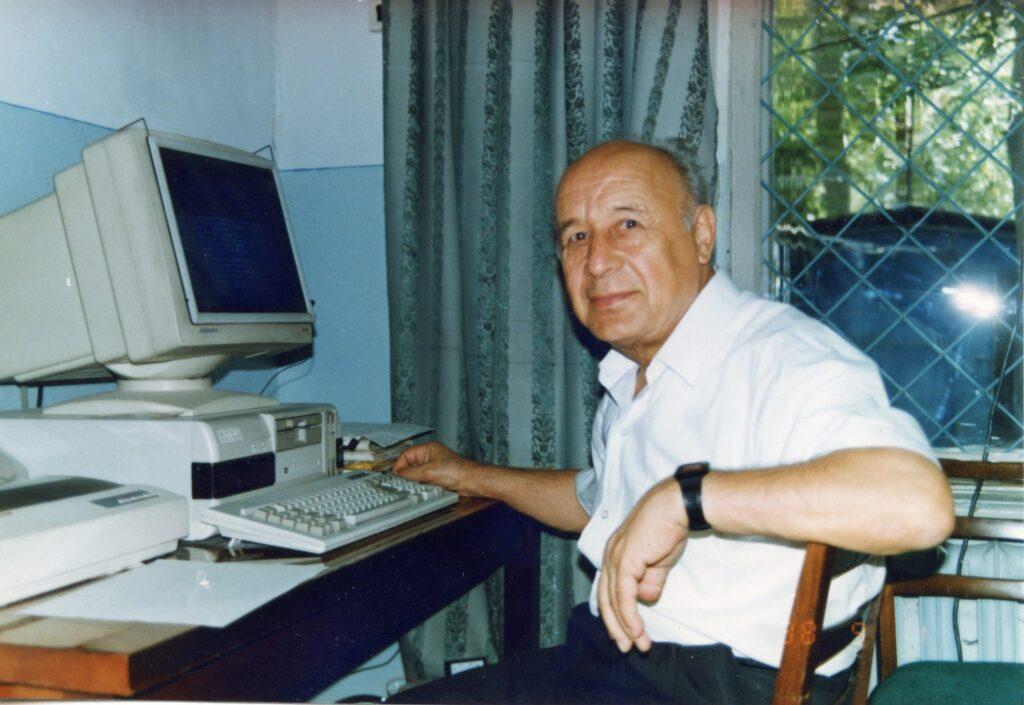
Babadzhanov Pulat (2010)
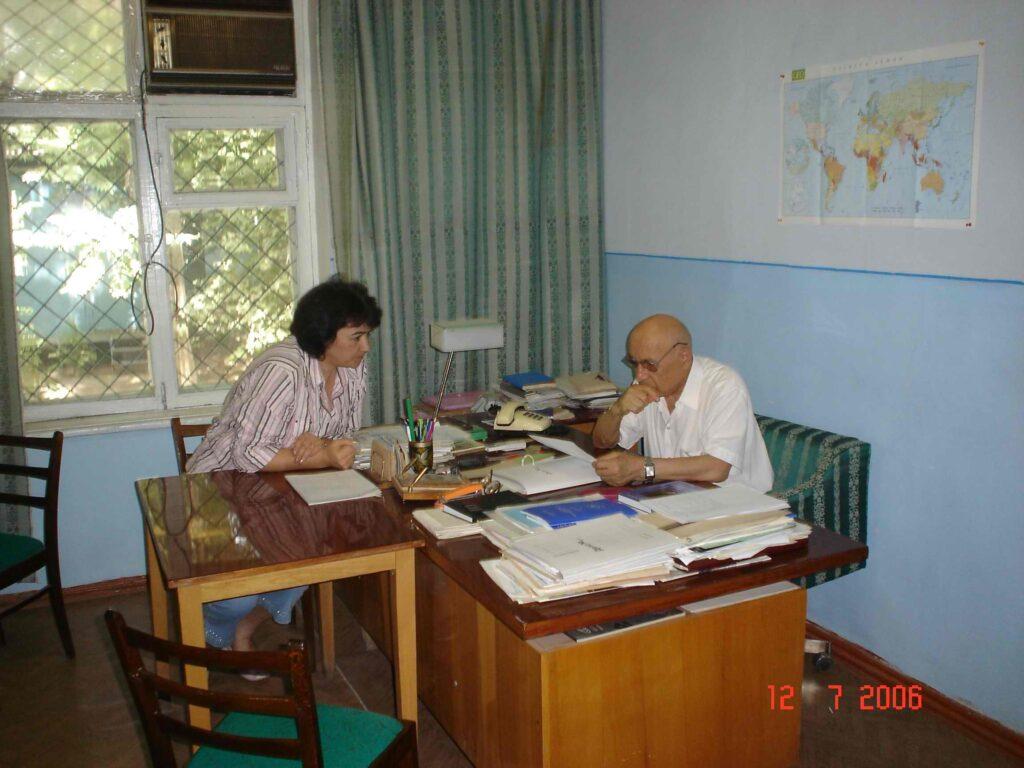
Babadzhanov Pulat with Kokhirova Gulchehra, 2006
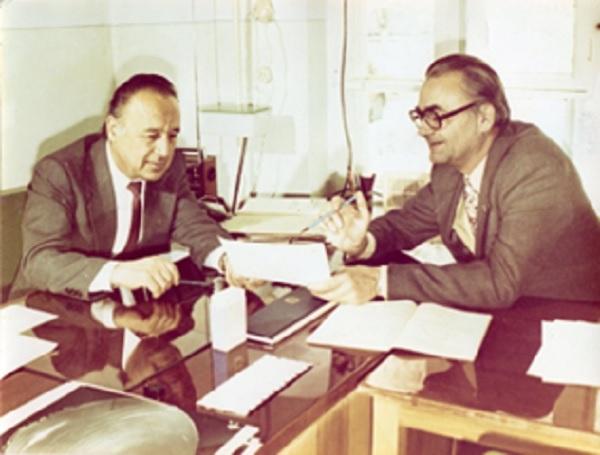
Babadzhanov Pulat with Cepleha Zdenek

Babadzhanov Pulat with his birthday 15 October 2022
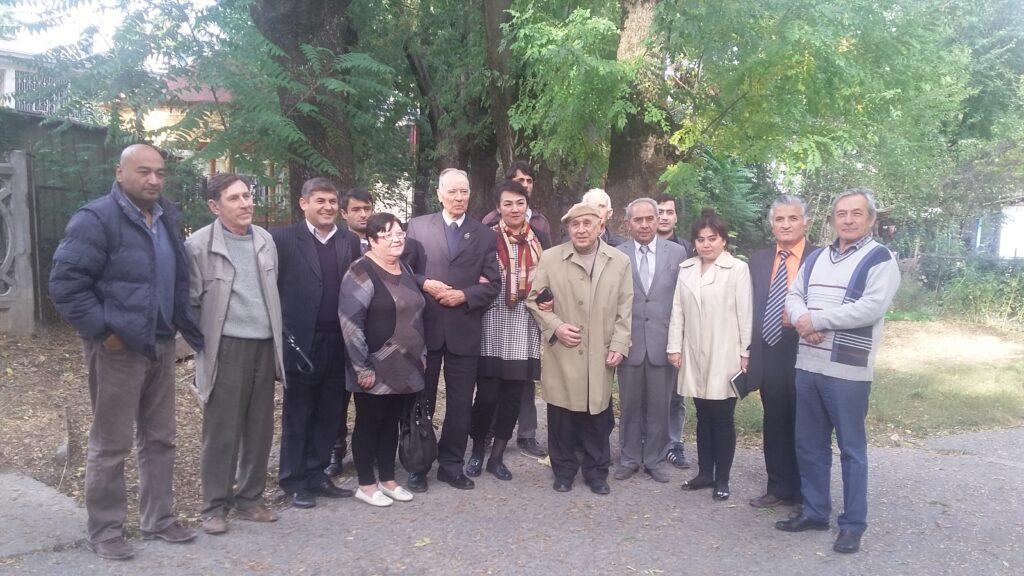
Babadzhanov Pulat, Kholshevnikov Konstantin and staff of the Institute of Astrophysics of NAST, Dushanbe, 2015
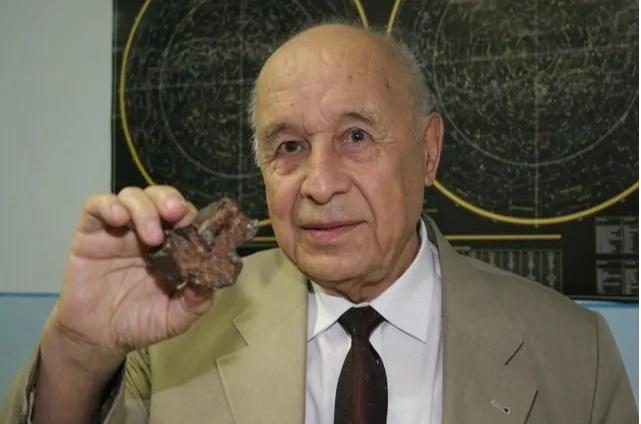
Babadzhanov Pulat (2012)

Babadzhanov Pulat (2014)

